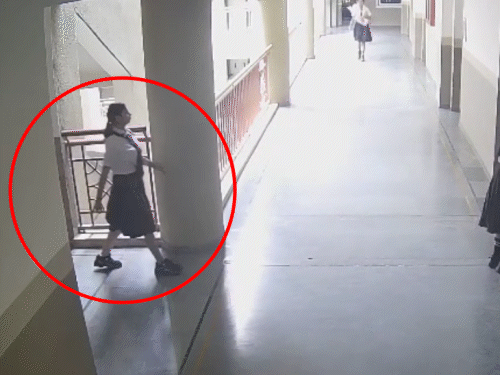DC’s Redistricting Drama: Texas Sparks a New Battle Over 2026 Midterm Maps
Texas Republicans’ new congressional maps spark nationwide redistricting battles ahead of the 2026 midterms. Explore implications, legal challenges, and voter representation debates.

The nation’s political chessboard is shifting once again. With the 2026 midterm elections just over a year away, Texas Republicans are at the forefront of a new redistricting push that could reshape congressional power across the United States. The proposed maps, which critics say tilt heavily toward GOP strongholds, have reignited debates over voter fairness, representation, and the broader health of American democracy.
Texas Takes the Lead
Texas, long regarded as a proving ground for redistricting fights, unveiled its latest congressional maps earlier this month. Party leaders in Austin argue that the revisions are designed to account for population shifts reflected in the most recent census data. Yet Democrats, civil rights groups, and grassroots organizers allege that the maps lean on partisan gerrymandering to entrench Republican dominance.
According to election analysts at Ballotpedia, several of the proposed districts slice through urban centers like Houston and Dallas, diluting Democratic-leaning populations by combining them with vast suburban and rural areas. Republicans defend the maps as lawful, while opponents warn they risk disenfranchising minority voters whose populations have surged in recent years.
National Implications Beyond Texas
Though Texas has drawn the most attention, the state’s maneuvers are setting a tone for other battlegrounds. States such as Florida, North Carolina, and Ohio are closely watching how Texas navigates the legal and political backlash. If the maps withstand court challenges, experts suggest other legislatures may adopt similar strategies.
A senior fellow at the Brennan Center for Justice noted in an interview that redistricting battles are no longer local skirmishes but “national proxy wars” for control of Congress. With Republicans currently holding a slim majority in the House, even minor boundary adjustments could tip the balance in 2026.
Legal Challenges on the Horizon
Already, lawsuits are being prepared. Civil rights attorneys are expected to argue that the new Texas maps violate provisions of the Voting Rights Act, which prohibits racial discrimination in voting practices. The Supreme Court has historically avoided blanket rulings on partisan gerrymandering, but its decisions on racial gerrymandering have set clear legal precedents.
Observers point to the 2019 Supreme Court ruling in Rucho v. Common Cause, which held that federal courts cannot decide partisan gerrymandering claims. That ruling effectively left the matter in the hands of state legislatures and courts, adding more weight to state-level fights like the one now unfolding in Texas.
Voices from the Ground
For many Texans, this battle isn’t just about abstract lines on a map. It’s about whether their communities are truly represented.
“I’ve lived in East Austin my whole life,” said Maria Gonzalez, a local teacher who attended a redistricting hearing last week. “Now they want to split us into three different districts where our votes won’t matter. It feels like they’re erasing our voices.”
Meanwhile, small business owner David Smith, from suburban Fort Worth, supports the changes. “Texas is growing fast, and the maps need to reflect that. To me, it’s about fairness. Everyone wants to win, but someone has to draw the lines.”
Preparing for 2026
The ripple effects of redistricting are already influencing campaign strategies. Political consultants caution that both parties must adapt quickly to avoid being caught flat-footed. Democratic operatives are ramping up grassroots voter registration drives, particularly in metropolitan areas, while Republicans are investing in messaging campaigns highlighting economic growth and cultural values in suburban and rural communities.
As the maps advance, election forecasters are recalculating their models for 2026. Analysts at FiveThirtyEight suggest that even modest redistricting changes in Texas could influence half a dozen congressional seats — enough to make or break a majority.
A Test of Democracy
What is happening in Texas underscores the enduring tension between democratic ideals and political gamesmanship. Redistricting, once a dry exercise in cartography, has evolved into one of the most decisive weapons in modern politics.
With lawsuits, rallies, and heated debates expected through the fall, the Texas maps will almost certainly shape not just the state’s political future, but the balance of power in Washington for years to come.
For now, Americans are left watching a drama unfold that is as much about the mechanics of representation as it is about the larger question: Who truly holds the power to decide the nation’s direction?
What's Your Reaction?
 Like
0
Like
0
 Dislike
0
Dislike
0
 Love
0
Love
0
 Funny
0
Funny
0
 Angry
0
Angry
0
 Sad
0
Sad
0
 Wow
0
Wow
0








































































